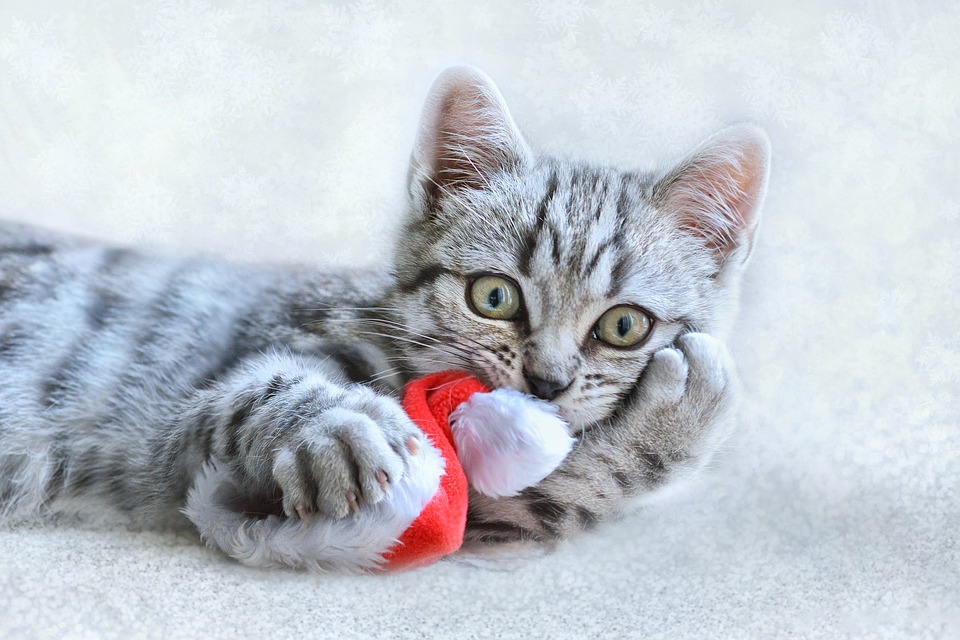Understanding Cat Behavior: What Does It Mean When a Cat Thumps Its Tail?
Cats are fascinating creatures with their unique behaviors and ways of communicating. One behavior that often leaves cat owners puzzled is tail thumping. If you’ve ever wondered why your feline friend thumps its tail, this article will shed some light on the subject. Additionally, we’ll address some frequently asked questions to help you better understand your cat’s behavior.
Why Do Cats Thump Their Tails?
Cats use their tails as an essential means of communication, conveying various emotions and messages. Tail thumping, in particular, can signify different things depending on the context. Here are a few common reasons why cats thump their tails:
1. Excitement or Happiness: Tail thumping can indicate that your cat is feeling particularly excited or happy. It’s their way of expressing joy or anticipation, especially when they’re about to engage in playtime or receive treats.
2. Warning or Agitation: On the other hand, tail thumping can also indicate agitation or a warning sign. If your cat’s tail thumps rapidly from side to side, it may be a signal that they are feeling threatened, annoyed, or angry. This behavior is often accompanied by other signs like flattened ears, hissing, or growling.
3. Curiosity or Interest: Cats are naturally curious creatures, and tail thumping can be a sign of curiosity or interest in something they observe. If your cat’s tail gently thumps while they’re observing something or someone, it likely means they are assessing the situation and considering their next move.
FAQs: Understanding Cat Tail Thumping
To help you further understand cat tail thumping, here are some frequently asked questions:
Q: Is tail thumping always a sign of aggression?
A: No, tail thumping is not always a sign of aggression. It’s essential to consider the overall body language of your cat and observe other signs of aggression, such as hissing, growling, or raised fur. Tail thumping can also indicate excitement or curiosity.
Q: How can I differentiate between a happy tail thump and an agitated one?
A: Paying attention to the speed and intensity of the tail thump can help you differentiate between a happy tail thump and an agitated one. A slow and relaxed thump often signifies contentment, while a rapid and forceful thump may indicate agitation or warning.
Q: Should I approach my cat when its tail is thumping?
A: It’s generally advisable to approach your cat cautiously and read their body language, especially when their tail is thumping rapidly. If your cat appears agitated or aggressive, it’s best to give them some space and allow them to calm down before interacting.
Q: Can tail thumping be a sign of illness or discomfort?
A: While tail thumping is typically a natural behavior, it’s important to note any sudden changes in your cat’s tail thumping patterns. If you notice excessive or unusual tail thumping, it may be worth consulting with a veterinarian to rule out any underlying health issues or discomfort.
Observing and Understanding Your Cat’s Tail Language
Cats have a complex language that extends beyond their vocalizations, and tail thumping is just one aspect of it. By observing their tail movements and considering the context and accompanying behaviors, you can gain valuable insights into your cat’s emotions and intentions. Remember to provide a safe and comfortable environment for your feline companion, allowing them to express themselves freely while ensuring their well-being.








